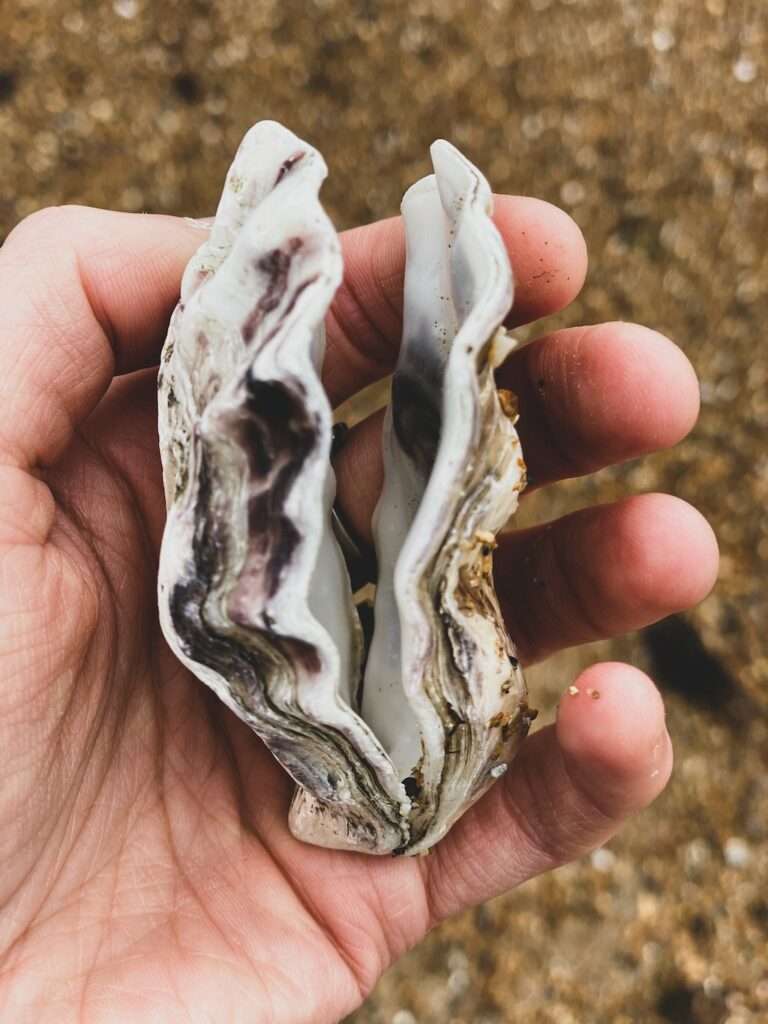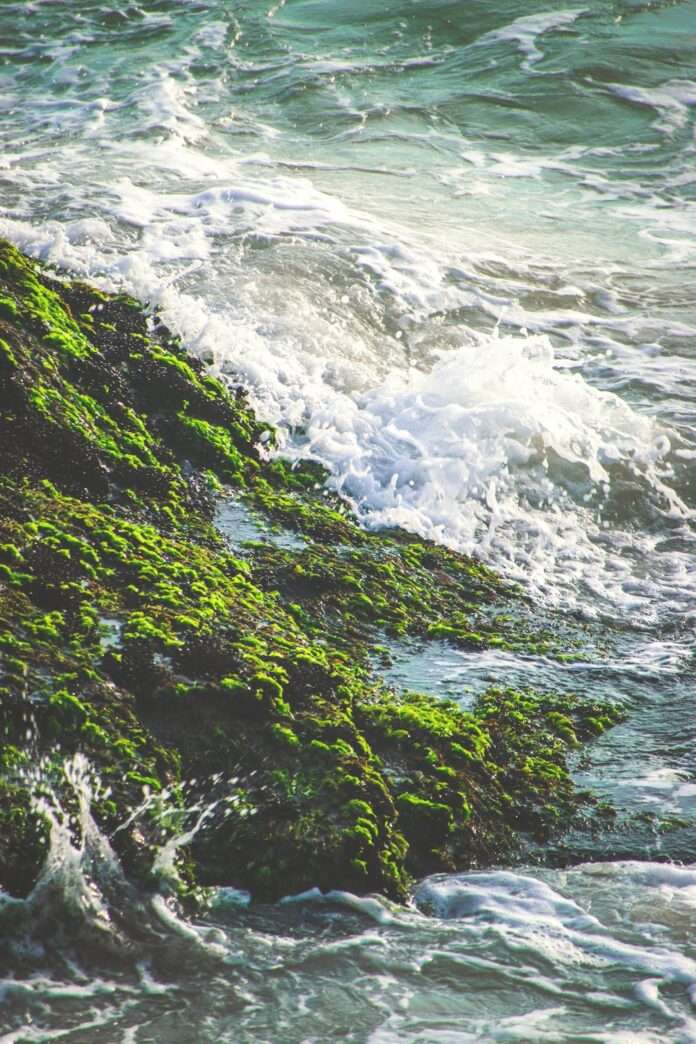You may have heard about the giant 5,000-mile-wide algal bloom that recently hit Florida’s coast. It’s just one of a growing number of toxic algae blooms threatening the oceans and human health.
Along the southern coast of California, sea life is struggling. In fact, in June, more than 1,000 marine animals, including dolphins, sea lions, and birds, became ill. The culprit: toxins in their system are likely caused by harmful algal blooms. But why is a seemingly harmless ocean plant, like algae, causing such a problem for animals (and people, too)? It turns out, it’s got a lot to do with the climate crisis. Here’s what you need to know about harmful algal blooms, including how to spot them.
What is an algal bloom?
There are thousands of species of algae in the world’s lakes, rivers, swamps, and, of course, the oceans. While many types of algae are totally harmless, some, like phytoplankton, can be toxic to people and animals, because they can produce potent toxins like microcystin and nodularin, notes the Center for Disease Control and Prevention (CDC). And, they can release harmful gasses, too.
When there are too many nutrients in the water, like nitrogen or phosphorus, this feeds the algae so that it spreads and grows into a bloom, which looks like a dense layer of green plants on the surface. Usually, you’ll know it’s a toxic algal bloom if the water looks an unusual color, and has a bad smell, but also if the animals in the water are suffering like they are right now in California.

“I’ve heard of a number of people walking the beaches who have seen [sick] animal after [sick] animal,” David Caron, a biological sciences professor at the University of Southern California, told the BBC recently. To put it simply, this is because they are eating the fish, which have already feasted on the toxic algae in the water.
“They become toxified themselves,” added Caron. “If they get enough of that material, it of course can kill them, which is happening now.”
It is, of course, not possible for marine animals to stay away from the oceans, and that’s why animal rescue groups are working overtime right now to try and help as many as possible in California, according to the BBC.
But there are things humans can do to protect themselves, and it starts with not entering the water when you see signs of harmful algal blooms, warns the CDC. “When in doubt, keep out,” it notes. “Look for signs of a bloom of harmful algae or cyanobacteria before going in the water and stay out if it looks or smells bad.”
Is it time to stop eating seafood?
Staying away from any suspicious water is one way to protect yourself from the impact of toxic algal blooms, but keeping seafood off your plate may be another.

According to the CDC, eating contaminated seafood can lead to serious food poisoning. And this issue doesn’t just impact Americans. Last December, a warning was issued in Broken Bay, Australia regarding shellfish contaminated with toxic algae. According to local area 7 News, there were concerns that eating the seafood could lead to paralytic shellfish poisoning.
And in 2013, 70 people from Scotland reported symptoms consistent with shellfish toxicity, after an algal bloom occurred off the coast of the Shetland Islands.
But luckily, if you still want the seafood experience without the risk, the vegan fish market is growing. (In fact, it’s predicted to hit around $1.3 billion by 2031, according to some estimates.)
Are algal blooms caused by the climate crisis?
According to experts, algal blooms are not unusual off the coast of California, but the climate crisis may be making things worse. This is also the case for other inland bodies of water, like lakes and rivers.
According to one BBC Future article, there were only 12 published accounts of harmful algal outbreaks in the U.S. and Canada in the 1980s. But in 2021, this reached 1,700, and now, there isn’t a state in the U.S. that isn’t affected by them.

This may be due to extreme weather events, like drought, which makes water saltier, as well as storms and rising sea levels, but also rising emissions all over the world.
“Algae need carbon dioxide to survive,” explains the Environmental Protection Agency. “Higher levels of carbon dioxide in the air and water can lead to rapid growth of algae, especially toxic blue-green algae that can float to the surface of the water.”
Sadly, algal blooms are likely to remain a threat to animals, humans, and the environment for years to come. So we need to learn to identify them, avoid them, and support animals at risk as best as we can. And that’s exactly what’s happening in California right now. “Animal rescue groups are scrambling to try to get boots on the ground to get the animals protected,” noted Caron.
If you see a sick animal and you suspect it’s due to an algal bloom, don’t approach it. Instead, keep your distance and make a report to your local stranding network.
Related on Ethos:


